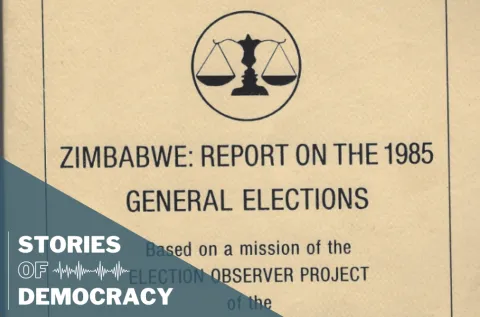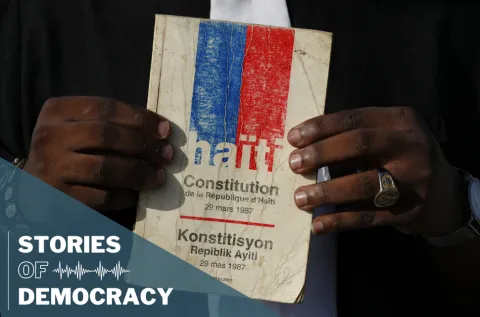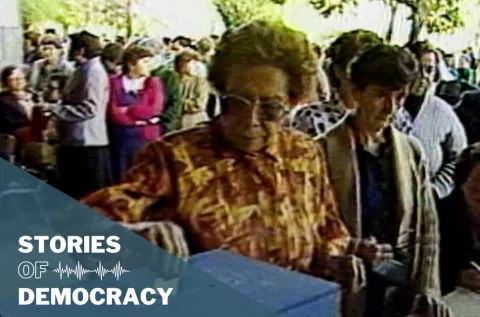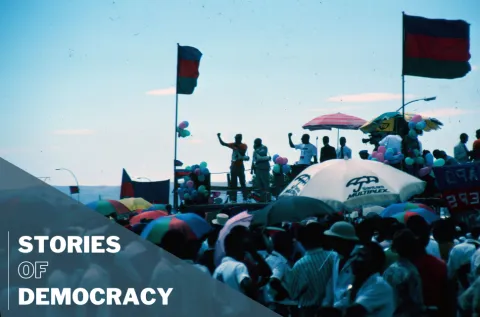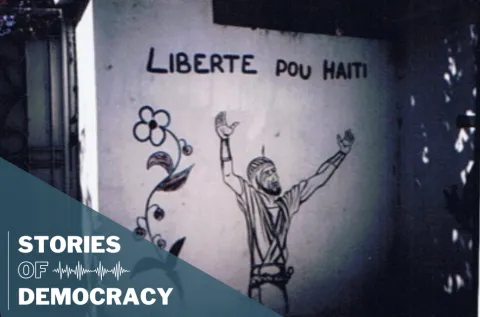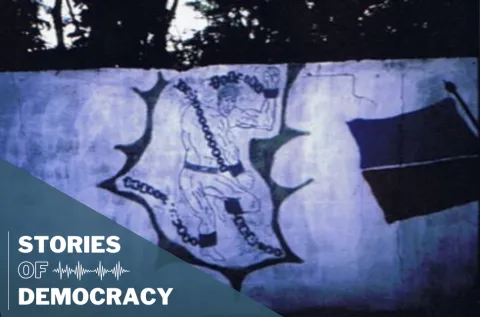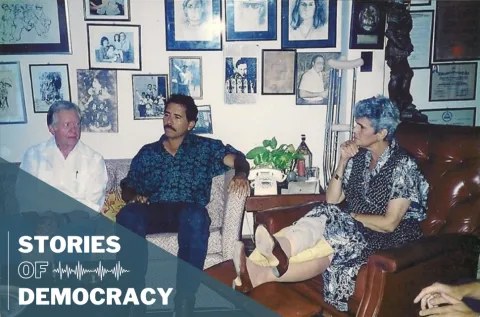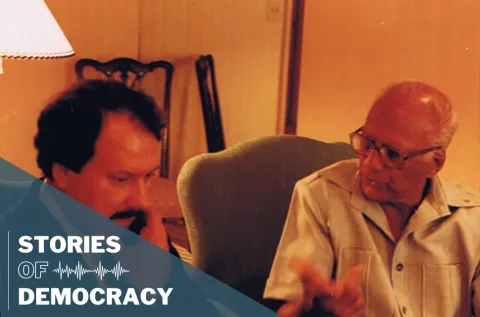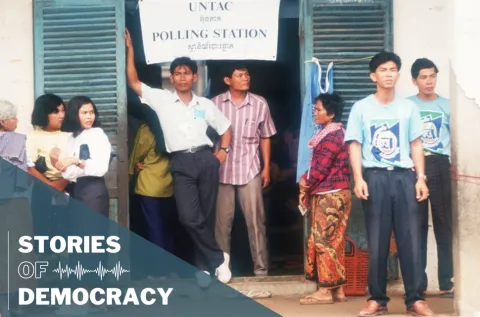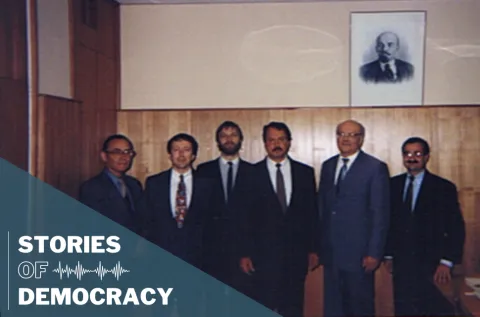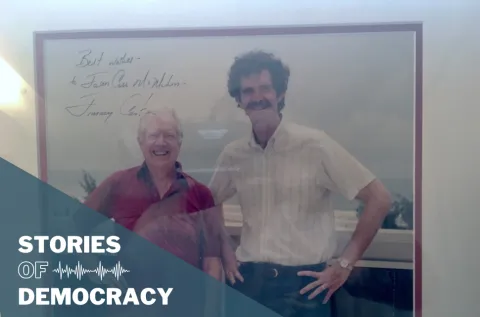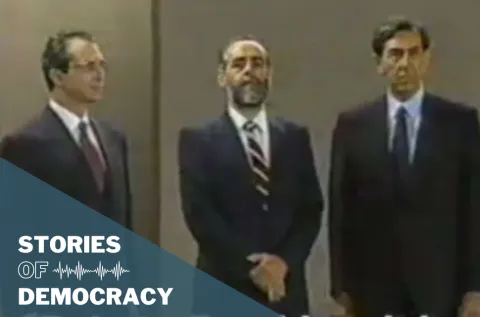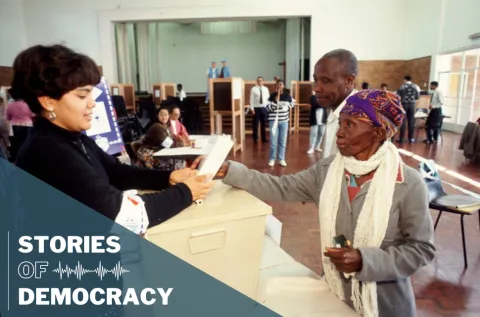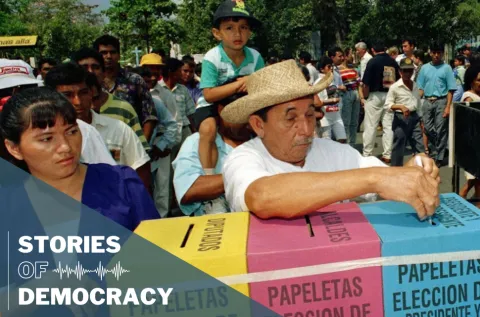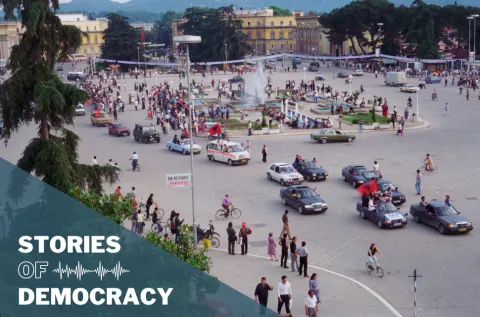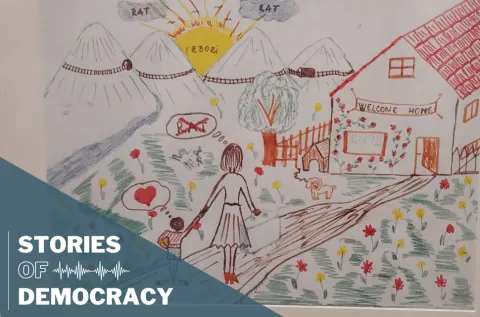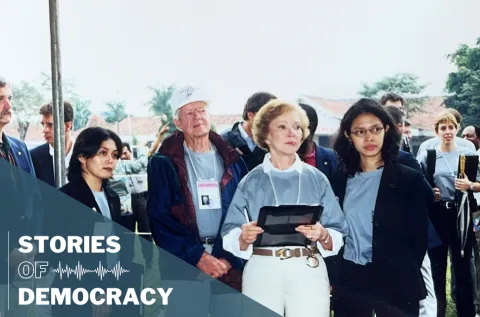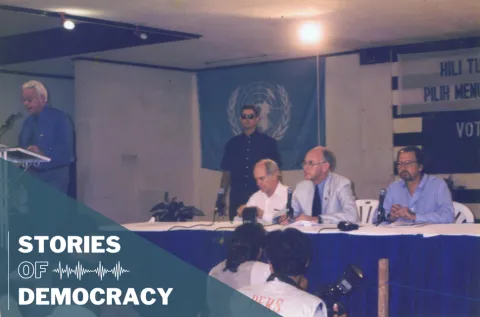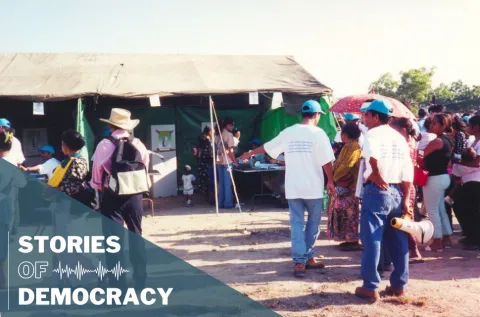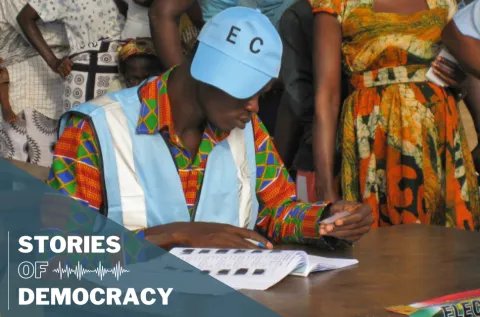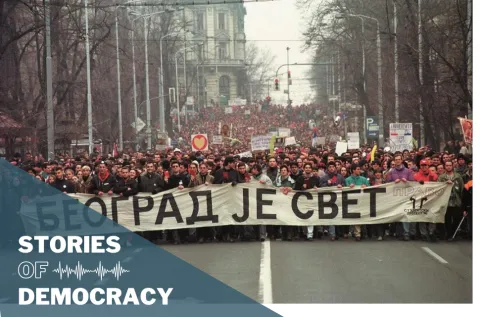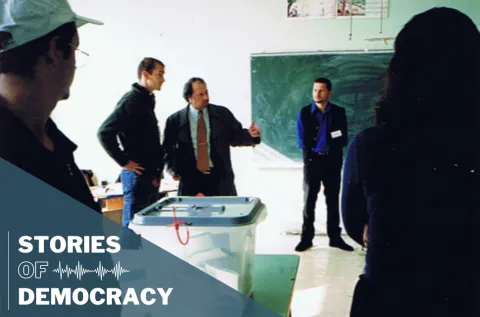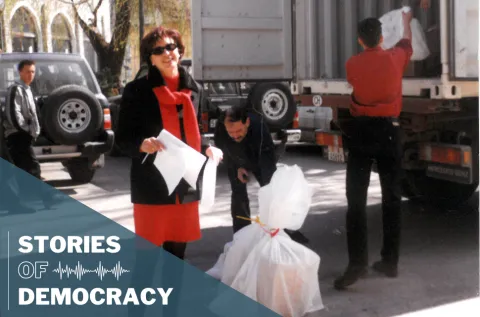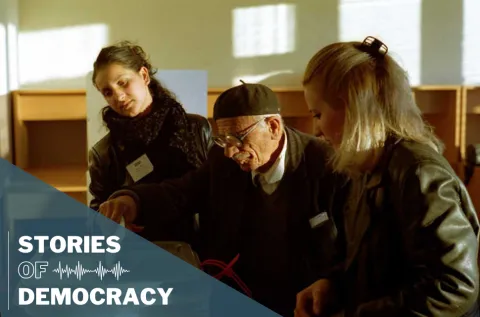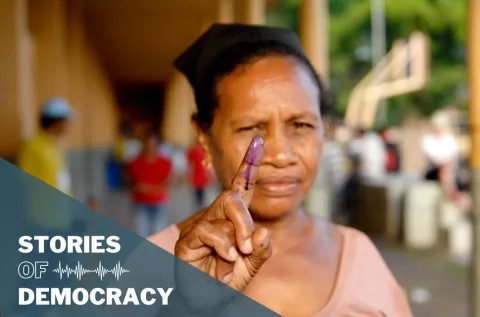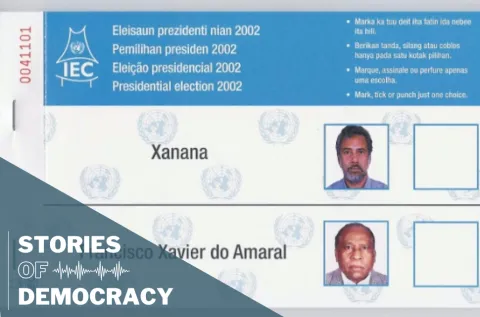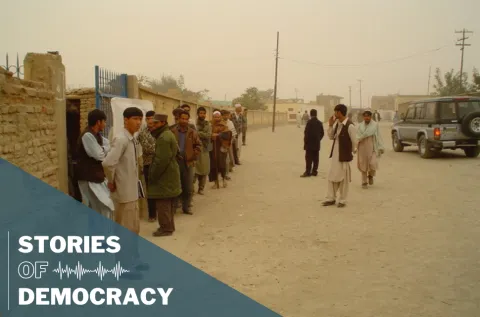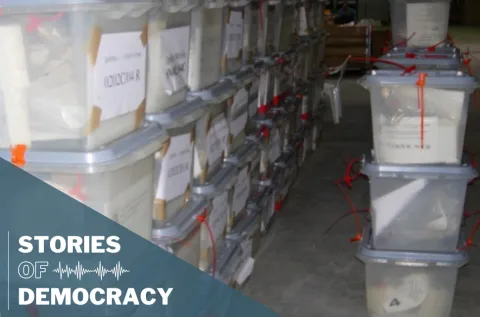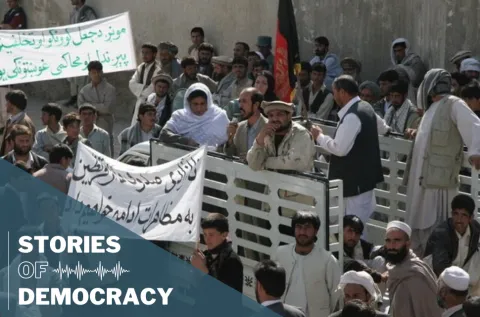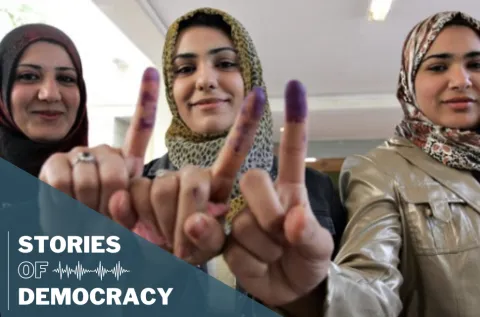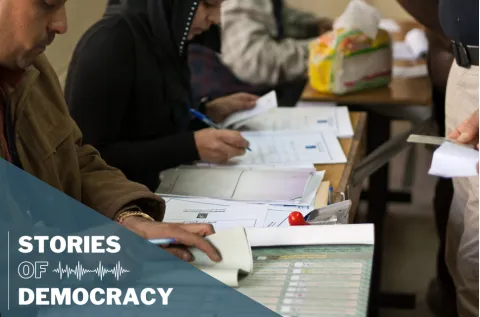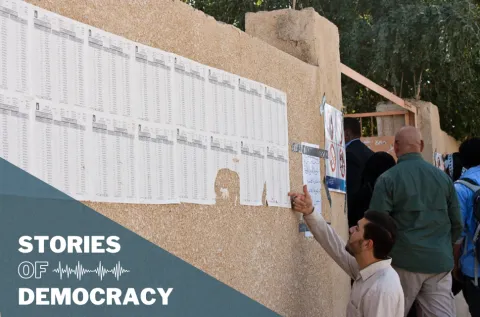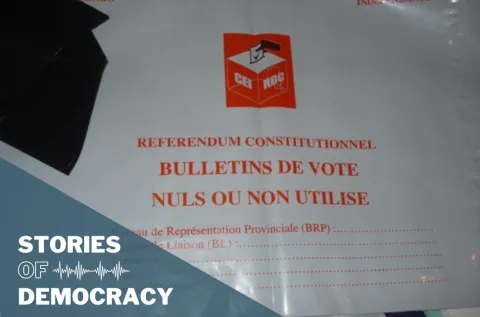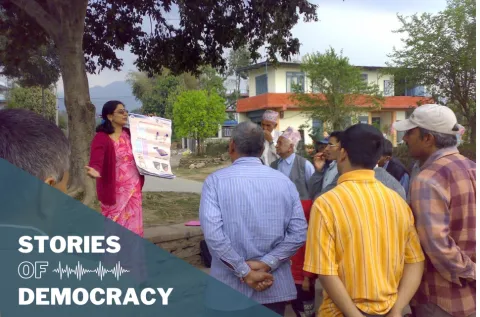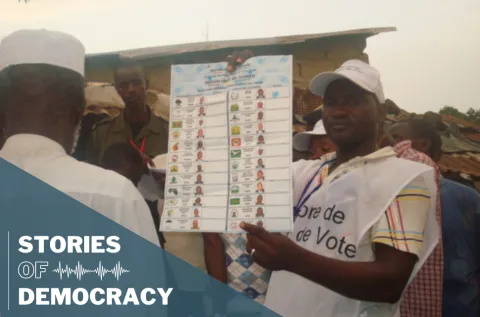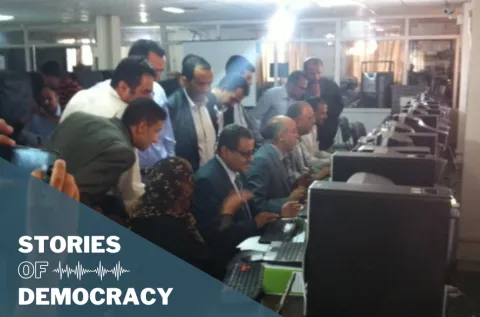Philippines - 1986 - General Election
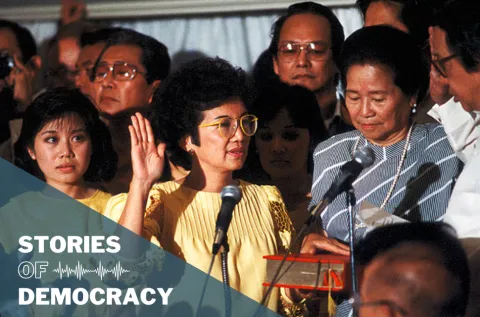
The 1986 elections in the Philippines marked a critical juncture in both the country’s democratic trajectory and the evolution of election monitoring. At the time, the country was entering its 21st year under President Ferdinand Marcos, who, after his election in 1965, had led the Philippines down an authoritarian path, compounded by a severe economic crisis in the later years of his rule. Amid growing unpopularity, even among the military, Marcos called a snap election which allowed for international observers. Prominent human rights organizations and election monitoring groups, such as the National Democratic Institute and the National Republican Institute (now the International Republican Institute), along with world leaders, descended on Manila to monitor the vote.
In the Philippines, the Commission on Elections (COMELEC) is responsible for administering elections, counting the votes, and announcing the results—a process that typically took several days. Amid concerns about potential government manipulation, a nonpartisan election monitoring group called NAMFREL (National Citizens Movement for Free Elections) was formed to monitor the election. In a novel move, NAMFREL mobilized half a million volunteers across the country, enabling them to conduct “Operation Quick Count,” a parallel, independent vote count that transmitted results faster than COMELEC. On election day, NAMFREL reported Corazon Aquino, the head of the united opposition, as the leading vote-getter.
However, COMELEC declared Ferdinand Marcos the victor. Days later, COMELEC employees staged a walkout, accusing the Marcos camp of manipulating the vote. This was followed by denunciations from the international observation missions, which condemned the election as unfair. Such strong criticism of election results by international observers was unprecedented at the time. These developments triggered a rift within the military that, coupled with mass popular demonstrations and a shift in the Reagan administration policy, ultimately resulted in Marcos’s resignation and exile. Aquino then took office and initiated a series of reforms that restored democracy in the Philippines.
Larry Garber authored Guidelines for International Election Observing, which was published in 1984. For the Philippines snap election, he served as an adviser to the NDI/NRI, participating in a January pre-election and as a member of the 44-person international delegation that was present before, during and after election day. He was the principal author of the report issued by the delegation and returned to the Philippines with NDI delegations that observed the ensuing 1986 constitutional referendum, 1987 legislative elections, and 1988 municipal elections. Based on those experiences, Larry authored a monograph published by NDI entitled Reforming the Philippines Electoral Process: Developments 1986-1988.
